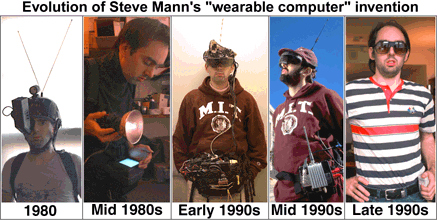Our field trip to the ROM brought back memories from grade 6, when our ancient civilizations class went on a field trip to look at various skulls of early humans. Clearly the ROM has changed a lot since grade school, the most dramatic of which is the addition of the Michael Lee-Chin Crystal . It’s somewhat sad to see that the shuttered McLaughlin Planetarium which has been slated for demolition, is currently being used to store furniture.
I expected to see some cool interactive displays not unlike ones we’ve see in class before by Zach Booth Simpson, where kids play with virtual butterflies or virtual calders. While the dinosaur exhibits did have some “touch” displays to present content, they were by no means pioneering. I understand the challenges the ROM faces when it comes to keeping up with changing needs of new media.
Our class met with Brian Porter, who is the senior director of new media at the ROM. He came to the ROM in 1999 with a journalism background, and helped transition the museum from analog to digital.
The ROM is a charity that receives funding from the government and private donations. The work environment is “cultural” as opposed to “corporate”.
Obstacles to developing leading edge interactive content:
– debt of the Crystal outweighs the support for the New Media Department
– no room or resources for research and development
– hard to do “cool” things with old technology
One of the ROM’s current projects is to create a digital photographic archive of their over 6 million specimens. Proposed business models would be licensing the photos like stock photography or using the archive for an e-learning extension where teachers to find curriculum materials.
After the ROM, we visited Steve Mann‘s workshop. While I had heard of him being billed as the “human cyborg,” it didn’t register with me until he open the door with his head gear on.
I was interested to hear him explain what he was seeing/recording/filtering with his head gear, but it appears as though his current research focus is away from cyborgism.
Steve presented Nesse, a interactive multimedia flute that uses water instead of air. You get wet while playing and listening to this instrument!
The tone of the instrument shifts when the user blocks one or more of the jets. The “soft” keys can be pressed in a multitude of different ways to produces subtle changes in volume, tone and timbre.
The largest of these installations can be found at the Ontario Science Centre:

